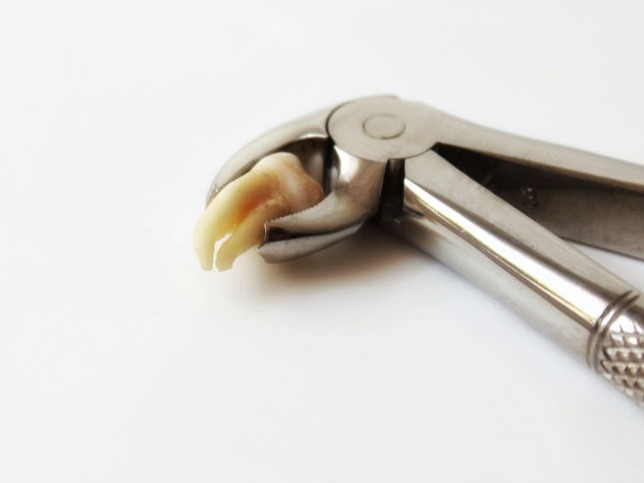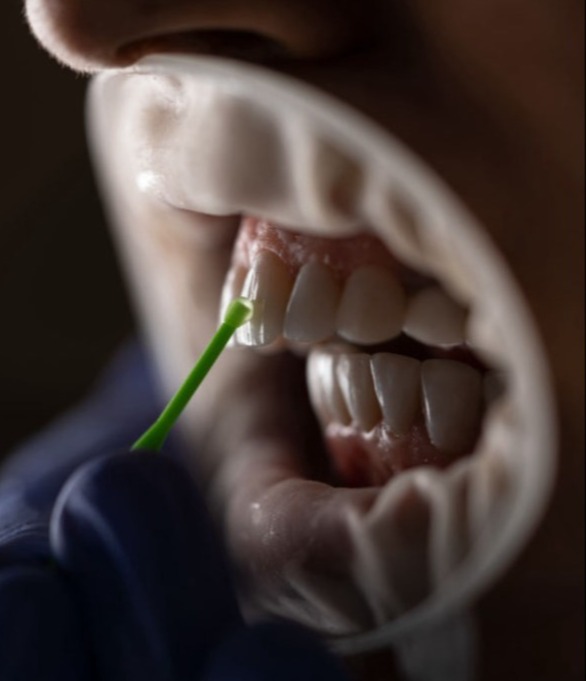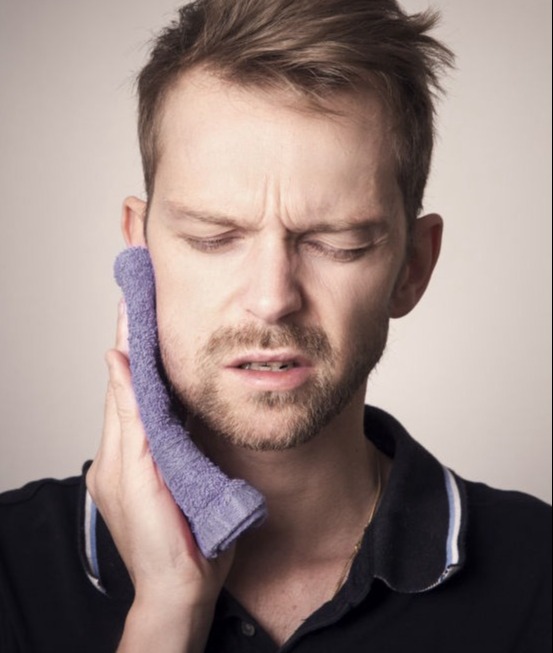
Please Note!
The removal of impacted teeth is a surgical procedure and post-operative care is very important. Unnecessary pain and the complications of infection and swelling can be minimized if the instructions are followed carefully.
Looking for Affordable Dentistry? Call us!
Wisdom Tooth Extraction
A dentist can remove (extract) a wisdom tooth. The procedure often can be done in the office. You may have the surgery in the hospital, especially if you are at high risk for complications.
If you have any infections, surgery will usually be delayed until the infection has cleared up. Your doctor or dentist may have you take antibiotics to help heal the infection.
Before removing a wisdom tooth, your dentist will give you a local anesthetic to numb the area where the tooth will be removed. A general anesthetic may be used, especially if several or all of your wisdom teeth will be removed at the same time. A general anesthetic prevents pain in the whole body and will cause you to sleep through the procedure. Your dentist will probably recommend that you don't eat or drink after midnight on the night before surgery so that you are prepared for the anesthetic.
To remove the wisdom tooth, your dentist will open up the gum tissue over the tooth and take out any bone that is covering the tooth. He or she will separate the tissue connecting the tooth to the bone and then remove the tooth. Sometimes the dentist will cut the tooth into smaller pieces to make it easier to remove.
After the tooth is removed , You may need Bone Grafts to replace the bone you lost, you may need stitches too. Some stitches dissolve over time and some have to be removed after a few days. Your dentist will tell you whether your stitches need to be removed. A folded sterile cotton gauze pad placed over the wound will help stop the bleeding.
In most cases, the recovery period lasts only a few days. Take antibiotic and painkillers as prescribed by your dentist or oral surgeon. The following tips will help speed your recovery.

The removal of impacted teeth is a surgical procedure and post-operative care is very important. Unnecessary pain and the complications of infection and swelling can be minimized if the instructions are followed carefully.
A certain amount of bleeding is to be expected following surgery. Slight bleeding, oozing, or redness in the saliva is not uncommon. Excessive bleeding may be controlled by first rinsing or wiping any old clots from your mouth, then placing a gauze pad over the area and biting firmly for thirty minutes. Repeat if necessary. If bleeding continues, bite on a moistened tea bag for thirty minutes. The tannic acid in the tea bag helps to form a clot by contracting bleeding vessels. To minimize further bleeding, do not sit upright become excited or agitated. Please be sure to avoid exercise. If bleeding does not subside, call for further instructions.


The swelling that is normally expected is usually proportional to the surgery involved. Swelling around the mouth, cheeks, eyes and sides of the face is not uncommon. This is the body’s normal reaction to surgery and eventual repair. The swelling will not become apparent until the day following surgery and will not reach its maximum until 2-3 days post-operatively. However, the swelling may be minimized by the immediate use of ice packs. Two baggies filled with ice, or ice packs should be applied to the sides of the face where surgery was performed. The ice packs should be left on continuously while you are awake. After 36 hours, ice has little beneficial effect and can be replaced with the application of moist heat to the sides of the face. This is generally beneficial in reducing the swelling and increasing the range of motion of your jaws.

For moderate pain, one or two tablets of Tylenol or Extra Strength Tylenol may be taken every three to four hours or Ibuprofen, (Motrin or Advil) three 200 mg tablets may be taken every 6 hours.
For severe pain, take the tablets prescribed as directed. The prescribed pain medicine will make you groggy and will slow down your reflexes. Do not drive an automobile or work around machinery. Avoid alcoholic beverages. Pain or discomfort following surgery should subside more and more every day. If pain persists, it may require attention and you should call the office.
Know More About STA System
One of the biggest phobias for dental patients is the needle. As a result, many people delay or cancel dental procedures simply due to this fear. While it’s commonly believed that the puncture of the needle is the source of pain, it’s actually the rate at which the anesthetic comes out of the syringe that causes most of the discomfort.